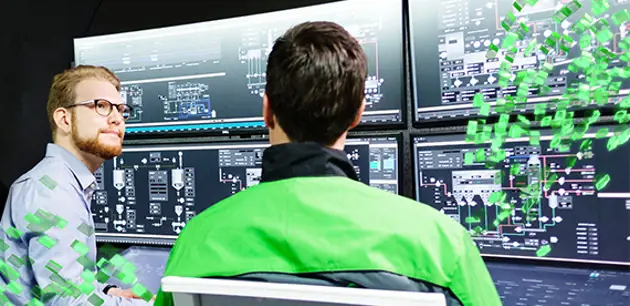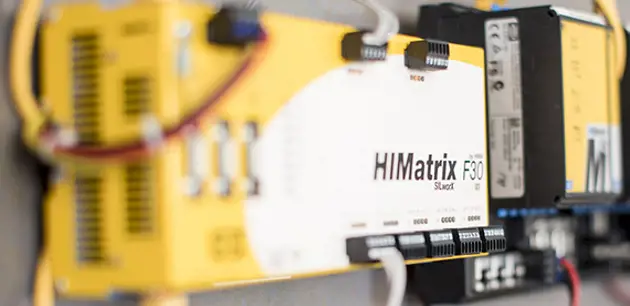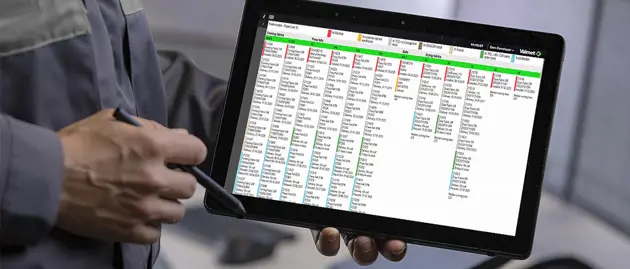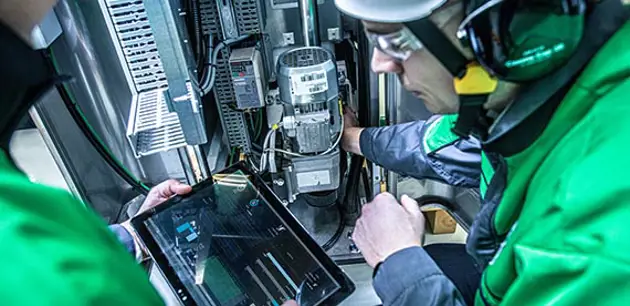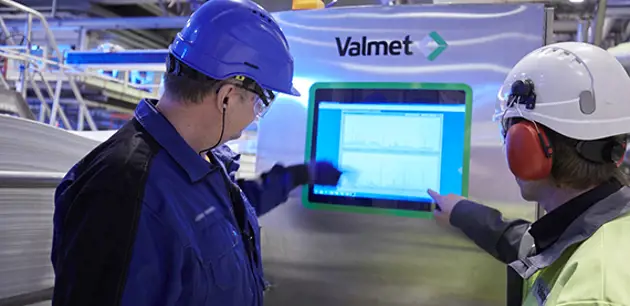Automation for the P2X industry
A clean future ahead
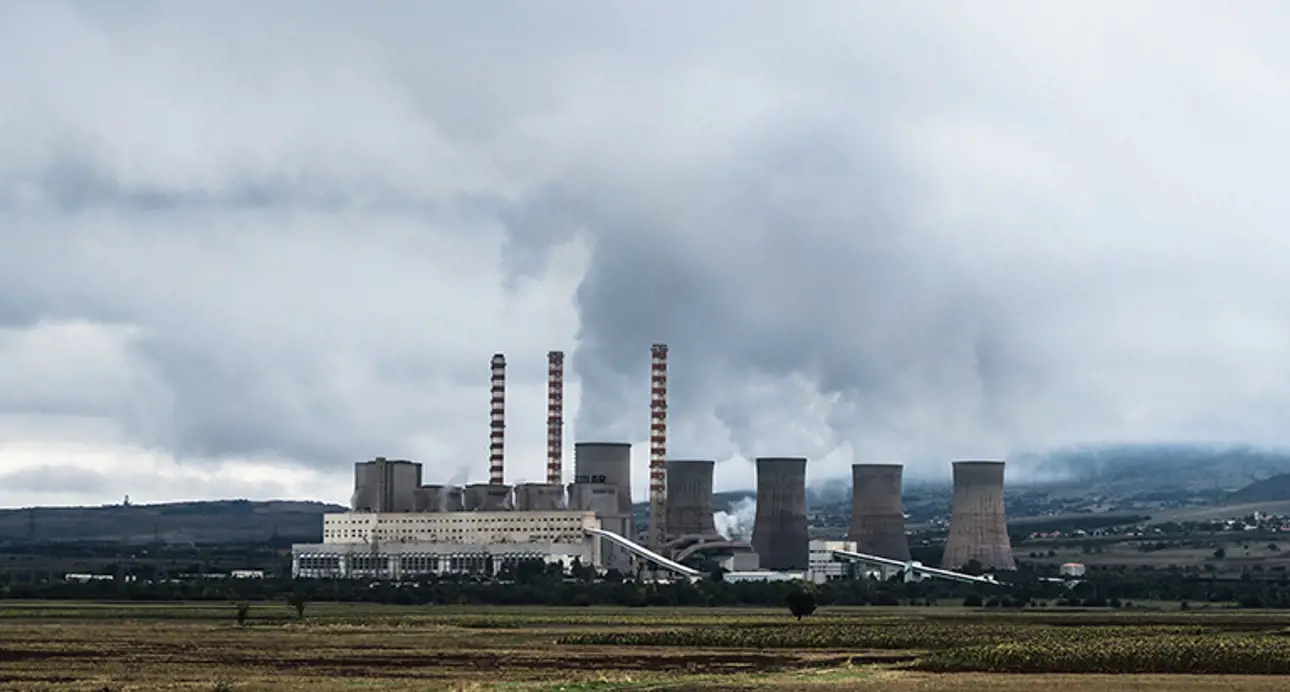
Overcoming challenges in the power-to-X industry requires collaboration among stakeholders, including governments, industry players, research institutions, and investors. Public-private partnerships, research funding, and supportive policy frameworks can drive innovation, reduce costs, and accelerate the adoption of power-to-x technologies, enabling the transition to a more sustainable and decarbonized energy system. Automation can help producers to perfect their processes, improve efficiency and maintain a consistent outcome in their plant.
Cost competitive
Integrated
Sustainable
Cost competitiveness
Power-to-x technologies are often in the early stages of development and face challenges in achieving cost competitiveness compared to conventional energy sources. Reducing capital costs, improving energy efficiency, and scaling up production are critical to making power-to-x solutions economically viable.
Automation is an easy way to align processes to create consistent results. Even when testing and adapting to circumstances, an automation system can easily be realigned to increase efficiency in a heartbeat. It can be seen as the core of the early and late stages of development
Technological advancements
The power-to-x industry requires ongoing technological advancements to improve efficiency, optimize conversion processes, and enhance overall system performance. Research and development efforts are needed to develop and deploy more efficient and cost-effective technologies, such as electrolysers and catalysts, for the conversion of electrical power.
Automation from other processes can be easily adapted to fit the need of the P2X industry. It is here where technological advancements and increase in optimization can take place the fastest. And besides that, it is also one of the core points in creating advancements for years to come, as a fully integrated automation system should be versatile to fit your needs for a long time.
Sustainability and carbon footprint
Power-to-x technologies have the potential to contribute to decarbonization efforts by utilizing renewable electricity for the production of low-carbon fuels and chemicals. However, ensuring a sustainable and low-carbon process throughout the entire value chain, including feedstock sourcing and lifecycle emissions, is crucial to achieve environmental goals.
Automation can be seen as a way to decrease a plant's own carbon footprint and emissions. By optimizing flows and creating efficient processes, there will be less waste and better use of any feedstock. This will decrease lifecycle emissions and besides creating a valuable output, will also combat carbonization from within.
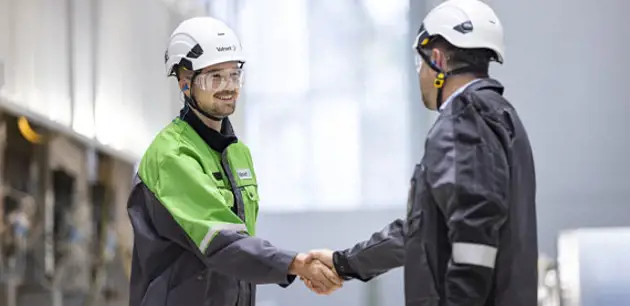
Do you want to know more?
Our experts are here for you and ready to discuss your challenges. Just answer a few questions and we will contact you shortly.
Contact UsAutomation Solutions and Services
